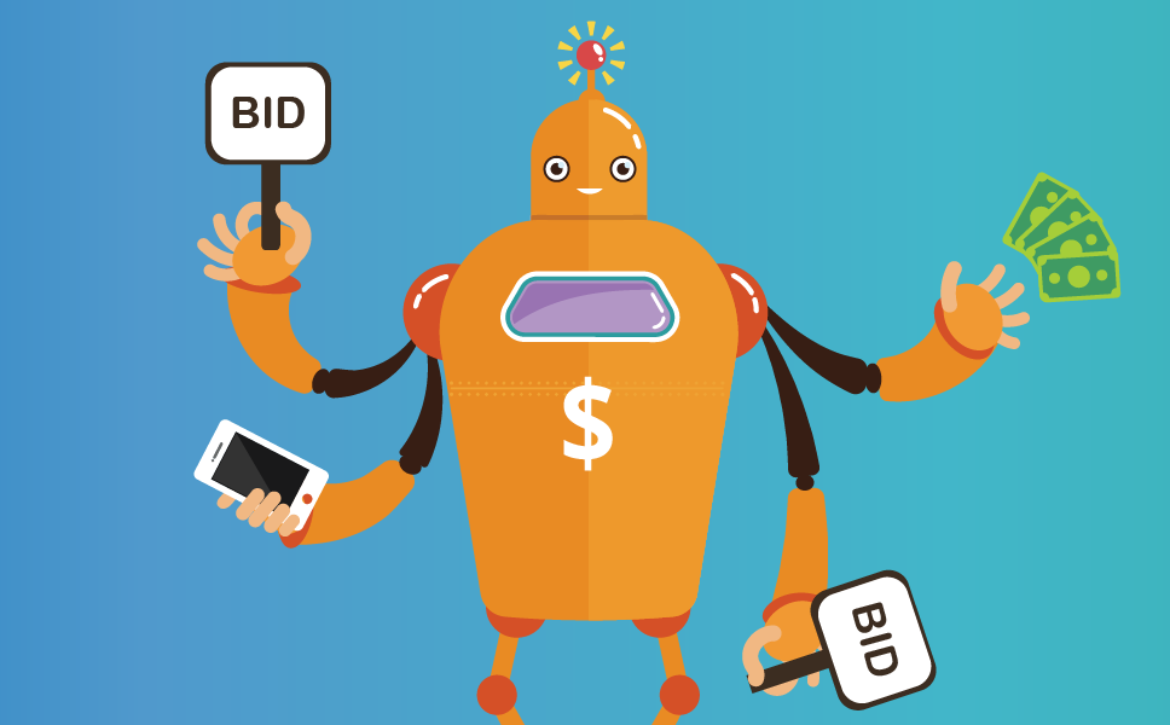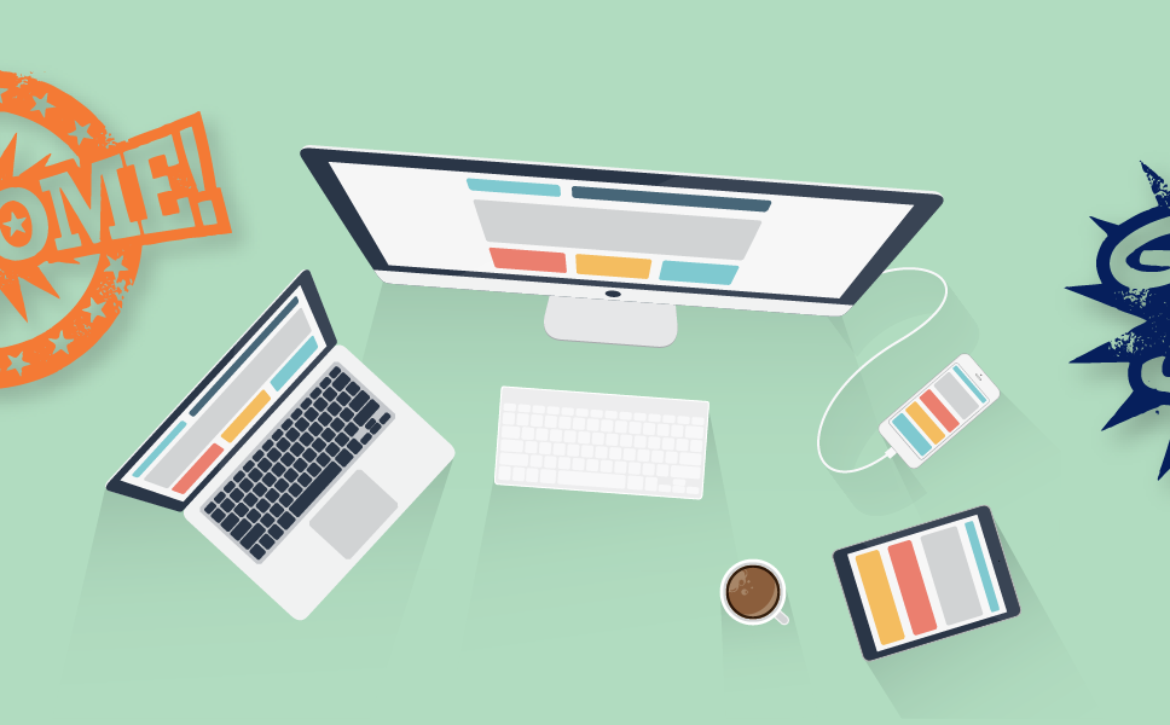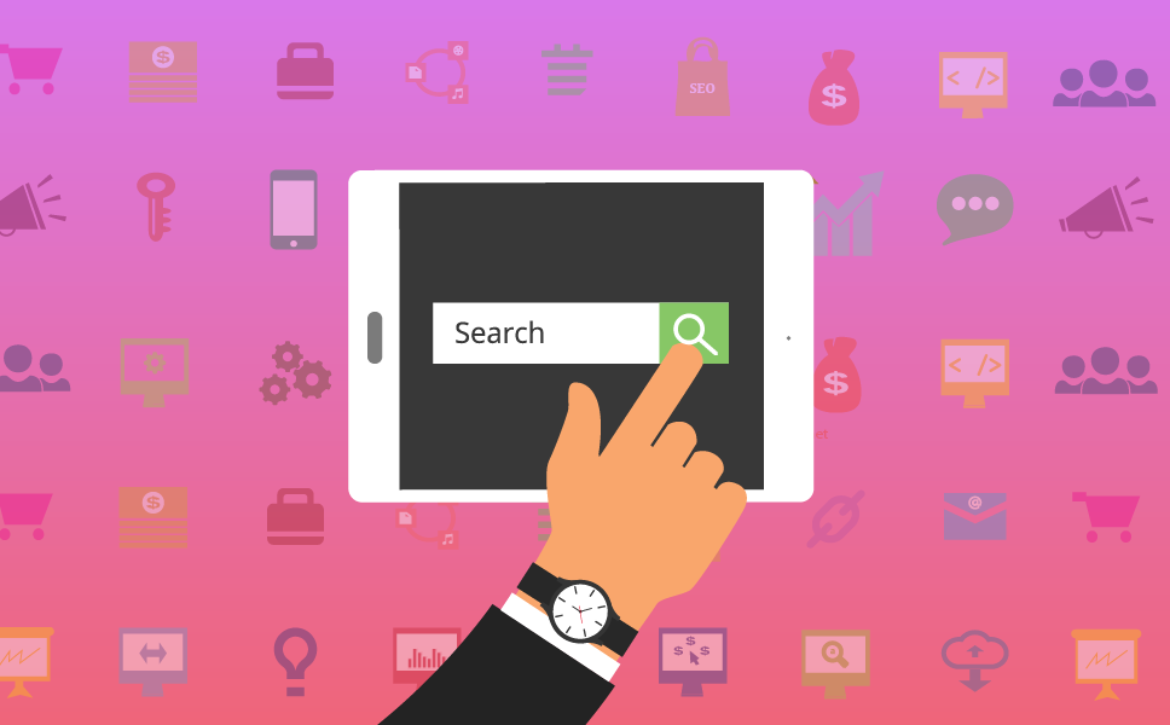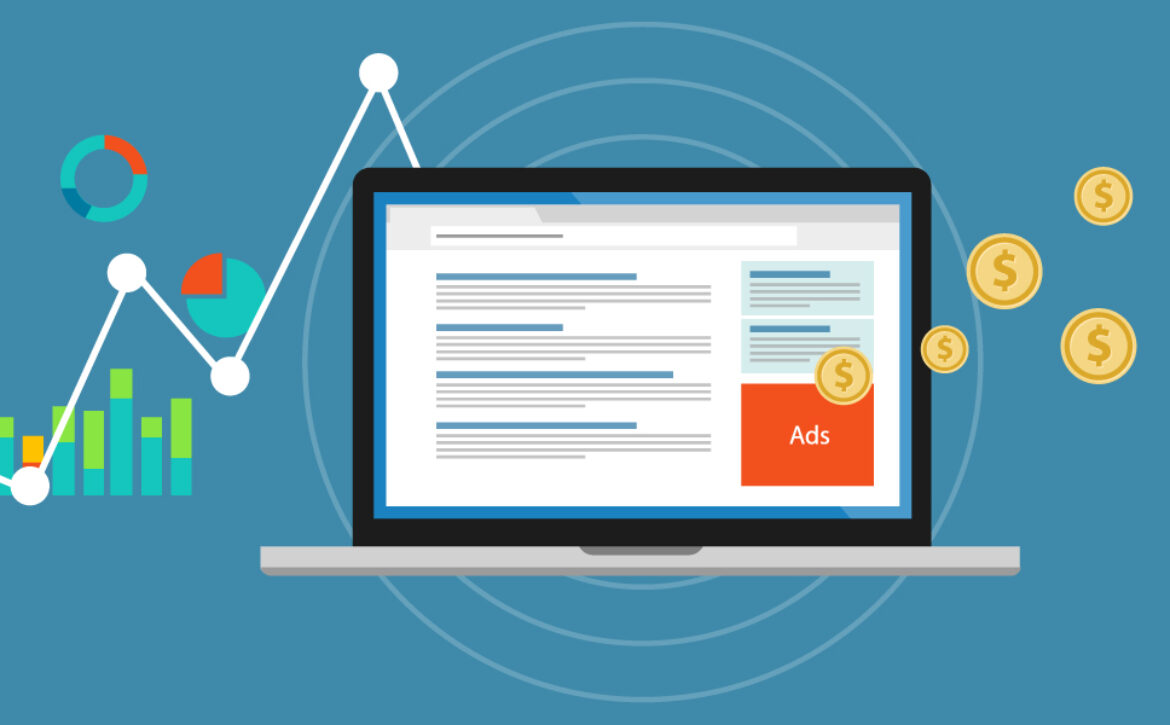Tips for Providing The Perfect Customer Experience
Amazing customer service may seem like a lot of extra work on a short-term basis, but it does improve your brand image and goodwill, which means a lot in the long run. No matter how big or small your business is, you must focus on making your customers happy. There are many ways to do this—with the strength of your product, with free incentives that you can offer or with amazing customer service experiences.
With all the competition out there, succeeding with your business nowadays is a matter of wills. Are you willing to provide the best possible value? Are you willing to offer your customers the perfect customer experience? If you are, then it’s time to get started at improving the customer service experience your company provides. Here are a few important tips to help your company provide your customers the perfect customer service experience.
1. Know your products and services inside and out
No matter the business or industry you’re in, knowing your offerings (products or services) inside and out is absolutely necessary. Customer service is, after all, all about helping your customers succeed with your products or services. Therefore, your customer service should focus on offering the proper suggestions, tips and solutions to ensure that success. Each and every employee (not just customer service) should know the ins and outs of what you’re selling. Helping your employees succeed by providing the proper training (regardless of their job description) is the first step in helping your customers succeed.
2. Be more accessible
If you want your customer service department to strive for success, here’s what you should know—customer service must be readily accessible to all of your customers. One easy way of accomplishing this is setting up more communication channels in which customer can connect with a customer service member when they have a question or issue. The minimum that you can do is to provide a phone number, an e-mail address and a mailing address. If your business can afford it, and really need it, develop an online support desk that can be instantly reached 24/7. This communication channel is usually required when the company reaches a big number of requests and website visitors.
3. Speed up your response times
Customers love quick answers. According to a recent report performed by Frost, 41% of customers suggest that their biggest frustration regarding customer service is when they’re put on hold. They want to be respected, and your company must give your best to solve everyone’s issues quickly.
4. Focus on the customer, not on the sale
Customer service is all about the customer’s feelings and experience. You must focus on their well-being and you must avoid thinking about combining customer service with sales or other aspects of your business. If you want to leverage your customer service system in order to make more sales, I’m sorry to disappoint you: it’s not that effective! The selling side of your business is totally different and you should focus on it separately. Continually work at ways that you can improve the customer experience to keep your customers satisfied and coming back for more.
5. Clear communication
Keep communication simple and ask straightforward questions when communicating with your customers. The truth is that we all communicate differently, so be prepared for communicating with your customers in different ways to ensure that they will understand whatever information you are trying to relay to them. If corresponding by email or online, grammar and spelling must be perfect or your credibility as a professional company will slowly vanish.
6. Over-deliver whenever possible
Over-delivering can help create loyal customers. On average, loyal customers can be worth 10x morethan their first purchase. If someone gets treated right, they’ll often come back. They’ll perceive your company as a trustworthy authority or provider; therefore, over delivering from time to time helps your company’s reputation to grow positively. Find a way to reward your customers with a customer service issue for being patient. It could be anything. Nothing costly or hard to obtain. Ideally, this small attention should also deliver some value.
7. Find and fix your mistakes
Mistakes are a part of any business, after all we are all human. Nevertheless, do your best to make things right with your customers. When we’re talking about mistakes, we’re talking about a customer that hasn’t been treated right. Your business can make it right by offering them solutions, returns or future guarantees. Pay attention: if you’re not fixing your mistakes in time, your company’s reputation will suffer. People will start talking, reviewing, and sooner than later you’ll realize that your sales are dropping.
8. Test, fail, test again and ultimately optimize
Before reaching success in a customer service program, every business goes through a trial-and-error process. The marketplace and the customers within any industry tend to become more complicated as an industry ages or becomes more fragmented. If you try out a new product, service, or customer service initiative, don’t be afraid to fail. Know that “failure” isn’t failure, it is merely feedback—it lets you know what not to do so you can start focusing on things that might work. After you find something that works, begin the scaling process. Optimize everything until you find the balance that you’re looking for.
Conclusion
Businesses are always looking for new ways to make a name for themselves and an excellent customer service experience is one of those ways in which a business can afford to get a great reputation in. Competition is almost always growing in any industry and new strategies and actions must be implemented to keep up with the constant flux. Providing the perfect customer experience is just one way for your business to stand out from the crowd, win customers over and keep them coming back. It’s never too early or to late to create a customer service program that turns your customers into repeat customers, or ambassadors of your brand.



























